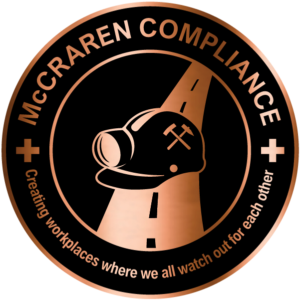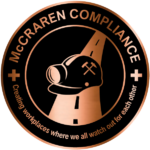Increasing safety participation consistently ranks as a top priority for EHS professionals across all industries. What are some actionable strategies for doing that?

Responding is Jade Brainard, senior director of product management, KPA, Portland, OR.
Employees at every level of an organization – from frontline workers to C-suite executives – should have the same commitment to safety. Unfortunately, securing buy-in at every level remains a challenge for even the most high-performing organizations.
The following three practices are essential for increasing safety participation and strengthening the safety culture.
1. Ensure everyone understands their role.
Setting clear expectations is critical in forming the foundation of a successful safety program. When everyone understands their role and its importance in maintaining a safe working environment, it’s easier to advance key initiatives, foster accountability and create a culture where safety becomes a shared priority.
One common challenge is overcoming the “It’s not my job” mentality. This misconception is rooted in a belief that safety is solely the responsibility of safety managers. To overcome this, reinforce the idea of shared safety ownership:
Reward proactive safety behavior. Use positive reinforcement through company swag, gift cards, or special incentive meals and outings.
Share key wins and employee milestones. Leverage the company newsletter or social channels to recognize employee-driven safety improvements.
Include safety responsibilities in job descriptions at all levels. This small tweak goes a long way. By prioritizing safety in the hiring process, organizations ensure safety conversations start even before Day 1.
2. Create systems that foster accountability.
Another common barrier to safety participation is the “I’ll do it later” habit. To break it, organizations should ensure the reporting process is both intuitive and easy to follow.
By setting clear expectations on proactive safety prevention and reporting, employers can start to institute a system approach that aligns a strong safety culture with employee health and well-being.
Further, accountability and proactiveness go hand in hand. When employees understand that safety is about preventing incidents more than it is responding to them, it becomes easier to implement prevention strategies.
3. Adapt policies that encourage continuous improvement.
When employees feel empowered to share safety concerns without fear of backlash, they help improve processes and demonstrate a true commitment to continuing a culture of safety at their organization.
To encourage continuous improvement and overall participation in safety programs, organizations should:
Encourage regular check-in with employees. Give workers the space to speak up about safety issues and contribute to building strong safety processes.
Protect employees from retaliation. Adopt a no-tolerance policy for any actions that undermine transparent reporting.
Respond promptly to safety concerns. When employees speak up, listen. When feedback is rewarded with real change, employees can see the impact of their commitment to safety.
Keep leadership involved at every stage. The best-laid safety plans will fail if there’s no top-down commitment from leadership. When everyone understands their role in maintaining workplace safety, it’s much easier to increase safety participation.
Editor’s note: This article represents the independent views of the author and should not be considered a National Safety Council endorsement.
McCraren Compliance offers many opportunities in safety training to help circumvent accidents. Please take a moment to visit our calendar of classes to see what we can do to help your safety measures from training to consulting.
Original article published by Safety+Health an NSC publication


